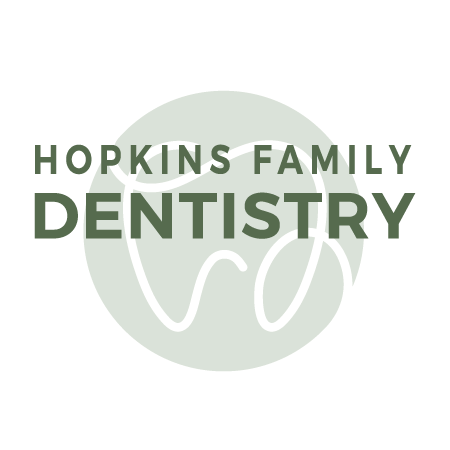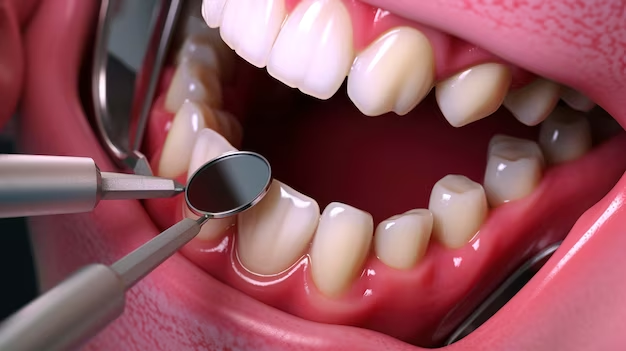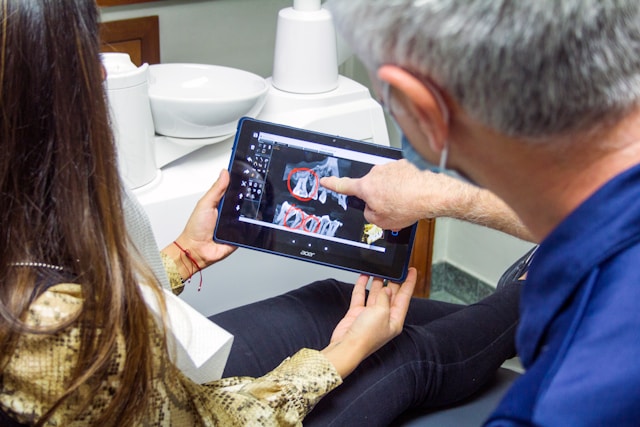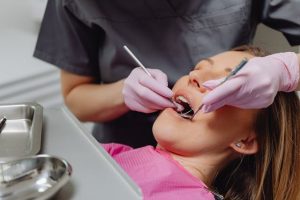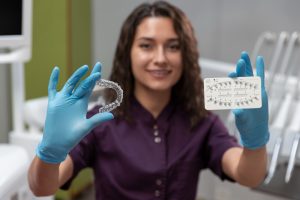A dentist may recommend tooth removal for various reasons, such as tooth decay, wisdom tooth extraction, or other orthodontic requirements. After the tooth is removed, following a tooth extraction aftercare routine is essential for proper healing and recovery. Adhering to a post-extraction regimen can significantly reduce the risk of infection and ensure a smooth recovery process.
If you recently had your tooth pulled and are wondering what to do next, this article is for you.
What to Expect During a Tooth Extraction Procedure?
Before starting the tooth extraction procedure, the dentist uses a local anesthetic to numb the affected area and surrounding gum. Then, using dental equipment, the dentist will gently pull the tooth and remove it from the socket.
In cases where the tooth is decayed or has broken near the gum, your dentist may have to create a small incision to access the tooth. Once the tooth is pulled out, they will clean and disinfect the socket. A dental graft may be placed to avoid jawbone loss and improve tooth extraction healing.
What are the Stages of Healing after Tooth Extraction?

Before following a tooth extraction aftercare, you must understand the healing process.
Here’s how your tooth heals after an extraction:
Formation of Blood Clot: After a tooth extraction, blood clot formation begins in the affected area. The purpose of a clot is to protect your gum and shield the exposed bone.
Growth of Tissues: After blood clot formation, your body starts building new tissue in the area. This speeds up the healing process.
Closure of Socket: With time, the space in your gum begins to close with new bone and tissue formation.
Healing: Once your gum is completely healed, you can return to your routine without pain or dietary restrictions.
Things to Avoid After Tooth Extraction
Tooth-pulled care can feel a little different and involve a specialized care routine. The aftercare routine depends on which tooth has been extracted, as some teeth may have deeper roots and require more time to heal.
The most important part of an aftercare routine is caring for the blood clot in the extracted tooth hole. You need to pay extra attention to this clot since your entire healing will depend on how quickly the blood clots.
Many patients ask, “How long after tooth extraction can I eat?” Eating after a tooth extraction takes time, and it’s important to follow proper instructions to resume normal eating.
To help you recover better, we have created a checklist with the dos and don’ts of tooth extraction aftercare from Day 1 of tooth extraction until the final day.
Tooth Extraction Aftercare ( Day 1-2)
After tooth extraction, avoiding dislodging the blood clot is crucial, so avoid spitting, using a straw, smoking, or eating hard or crunchy foods for the first few days. You will notice minor bleeding for up to 24 hours after the extraction. If the bleeding does not stop after 24 hours, visit a dentist near me.
For the first two days, take care of the following:
- Take ample rest: Plan to rest for at least the first day after extraction.
- Change the gauze when needed: Your dentist will give you a gauze pad to keep in your mouth. Keep this gauze on the affected area for a few hours and change as needed.
- Do not rinse: You will be tempted to rinse your mouth after a tooth extraction. Do not fall for this temptation, as it can disrupt the healing process.
- No spitting: Like rinsing, spitting may also cause additional pressure in your mouth and hamper clot formation. Hence, do not spit anything from your mouth.
- Avoid blowing your nose: If your tooth is removed from the upper jaw, blowing your nose could create pressure and disrupt the clot.
- Do not smoke: Cigarettes contain a lot of chemical toxins that can delay your healing as well as put your empty socket at risk.
- Follow your medications: If your dentist has prescribed medications, complete your entire course for a speedy recovery.
Tooth Extraction Aftercare (Day 3 to 10)
The initial tooth extraction aftercare focuses on the formation of blood clots. Once the blood is clothed, the aftercare involves keeping it intact and following strict oral hygiene.
From Days 3-10, you need to take care of the following:
- Rinse with saltwater: Once the clot is in place, rinse your mouth gently with warm saltwater. This will help kill harmful bacteria and reduce the risk of infection.
- Brush and floss: Follow your regular brushing and flossing routine. Be extra gentle, however, around the tooth extraction site.
- Consume only soft foods: During the entire healing process, ensure you only consume soft foods that do not require much chewing and stick to your gums.
When Should You Visit a Dentist?

Healing after a tooth extraction may take approximately 10-15 days. It can, however, also depend on how well you follow the aftercare. You should visit a dentist if you notice:
- Pain and swelling in the area.
- Uncontrolled bleeding that does not improve.
- High fever.
- Nausea and vomiting.
- Severe pain radiating to the ear.
- Wound drainage with a sour taste.
Get Exceptional Tooth Extraction Aftercare Assistance in Minnesota
Tooth extraction aftercare is the cornerstone of successful recovery. Understanding what not to do after tooth extraction and what to expect in the first ten days will help you navigate the healing process.
At Hopkins Family Dentistry, our experienced team understands the importance of proper aftercare for a smooth and comfortable recovery. We’ll provide personalized instructions and answer any questions you may have to ensure optimal healing.
Schedule your appointment today! Call us at 952.935.2121 to discuss your tooth extraction aftercare plan.
